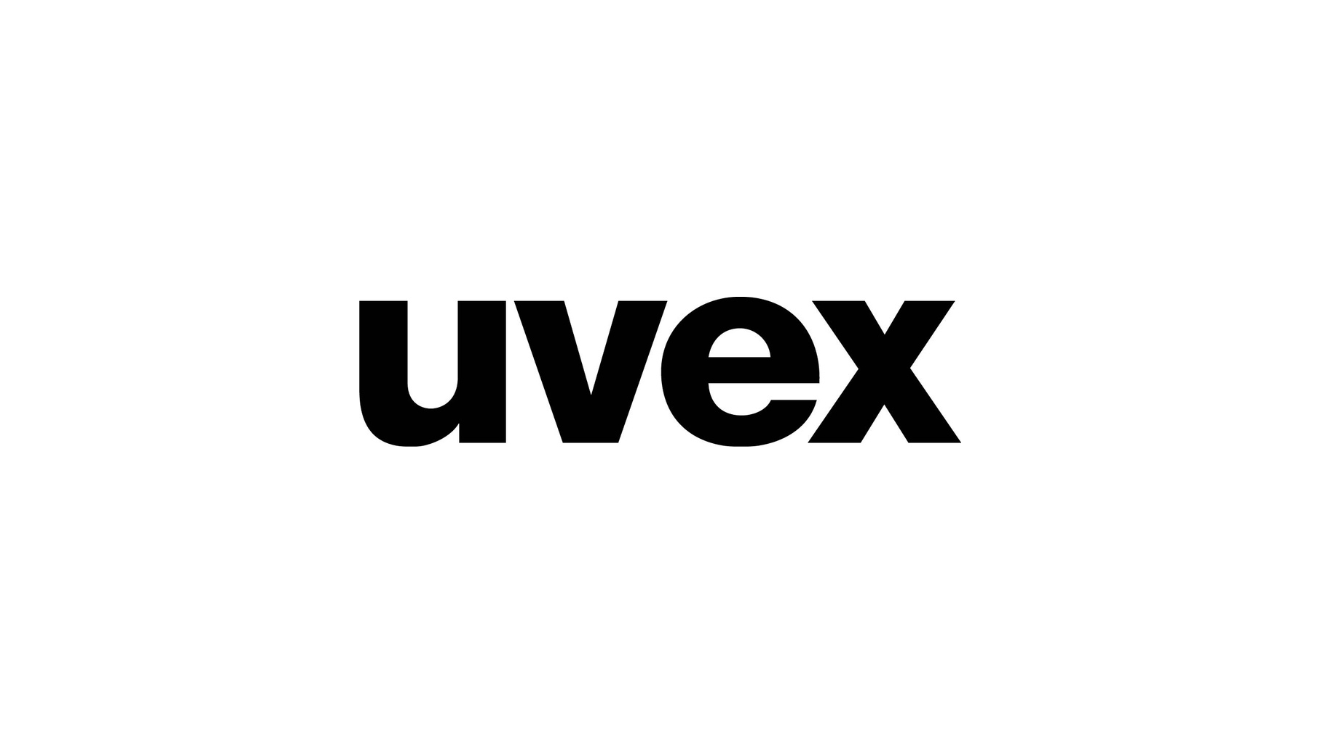By Ritchie Sayner
Advanced Retail Strategies
Sigmund Freud once said to Marie Bonaparte that “the greatest question that I have not yet been able to answer, despite my 30 years of research into the feminine soul is, ‘What does a woman want?’” Freud went to his grave never getting the answer.
You are in the retail business, which really means you are in the business of understanding human psychology. Retailers use psychology constantly and often we are not even aware of it. Take Walmart for example. The first thing you see when you walk in is 50-cent sodas at the door. A customer decides if your store is a good fit for them within the first 10 seconds of walking in.
Obviously, customers buy sporting goods from you, but they really invest emotionally in your store. Anyone can buy what you sell, but how do you know if they will come back and buy again? What is it exactly that keeps bringing them back? These are important questions in understanding why your customers buy from you and not your competitors. An important factor we must take into consideration is how our products, services and everyday interactions make our customers feel. Emotion is a major driver of purchases and even more significant when it comes to loyalty. Share of heart can be more important than share of market.
Our parents told us stories when we were kids. Stories release a chemical called oxytocin in our brains. This chemical triggers emotions such as empathy and positive thoughts. Don’t be afraid to tell your story. Be proud of your roots. Sell yourself. You select and you create. It is essential to leave every customer feeling that your store, your products and your staff are there especially for them. Consumers are much more inclined to purchase from brands and retailers with a story to tell.
The Reciprocity Principle
Have you ever gone to a Costco on a weekend and been offered a free sample? You probably felt somewhat of an obligation to buy the product, assuming you liked it. They gave you something for free, so therefore you should give something back. That is the Principle of Reciprocity in action. I can speak from firsthand experience that this works and I have the receipts as proof.
Notice how many solicitations for “worthy causes” are in the mail with actual currency inside. I receive several each week that contain not only dimes and nickels, but half dollars and in some cases actual dollars. The senders know that, not only will I take the time to open the letter, but I might engage with their message and send in a contribution. You might find Dr. Robert Cialdini of Stanford University’s book entitled, “Six Principles of Persuasion,” interesting if you would like to learn more about this.
The cosmetic industry has used this marketing concept to their advantage for years. Why you ask? Because it works! What if you were to offer a free pair of socks or a shoe-care product as a promotion? Shoppers prefer getting something extra for free to getting something cheaper. Over time a retailer’s generosity makes them more likeable and leads to positive brand associations. You have to give to get.
Provide More information
The more, the better. Customers love product reviews. They want to know what others who have previously purchased the product think about it.
Signage suggesting staff picks provide a great way to showcase products. The knowledgeable sales associates in your stores are silent “influencers.” They are perceived by your customers as knowing more about a given product than they do. The sign explains why John likes the features of a particular glove or why Mary runs in a certain shoe. This signage strategy works just as well for hockey sticks and baseball gloves as it does for running shoes or athletic apparel. Change the picks twice a month at least and watch what happens.
Creative displays explain that a new style or brand has just arrived, where an item came from, who made it, how the product will perform and how you are likely to feel once you have purchased.
Peace of Mind
Guarantees and easy returns are uppermost in consumer minds today. One need look no further than Zappos to see how loyal customers can be if a brand convinces them they cannot make a mistake due to their liberal return policies.
A recent Journal of Retail study found that a store’s return policy makes a big difference in a very surprising way. The longer a store allows a customer to return something, the less likely they are to return it. In other words, something far off in the future becomes more abstract. A tight return window then becomes more concrete and oftentimes alters one’s actions. This is known as the endowment effect … the longer you have something in your possession, the more likely it begins to feel like it belongs to you.
Manage Your Inventory
Having a store full of dated, out-of-season inventory is NOT how you achieve a “share of heart” moment with your customers. In the sporting goods business, this would equate to an average inventory that is over 5 to 6 months old. Since COVID hit, we have seen vastly improved inventory turnover numbers in what previously had been slow-turning stores and classifications. Retailers learned a valuable lesson and that was you don’t need to buy more than you can sell in a given period of time to actually sell more and have better margins and cash flow.
New trumps old all the time when it comes to inventory. I have often said no one comes in your store to see what you got in last year. It is NEW merchandise that drives full-price profitable sales. If your customers aren’t buying what you are offering, get rid of it NOW! The sooner the better.
Proper merchandise planning, with accurately trended sales and inventory projections by store and classification, is the single most effective way to manage retail inventory. A solid plan is based around retail profit metrics including margin and turnover. How much to buy, when to bring it in, and when and how much to mark it down should it become necessary are all hallmarks of a sound plan. If you have engaged the benefit of having an outside perspective to help you evaluate potential risks and opportunities, well so much the better.
The year 2022 could be an interesting ride. Better buckle up!
Paul Erickson of Management One contributed to this article
About Ritchie Sayner
Sayner has spent the past four decades helping independent retailers improve profitability. In addition to speaking to retail groups nationwide, Sayner is a regular contributor to retail industry publications. He is the author of the book, Retail Revelations-Strategies for Improving Sales, Margins and Turnover. He can be reached through his website at advancedretailstrategies.com.





 Back
to News
Back
to News